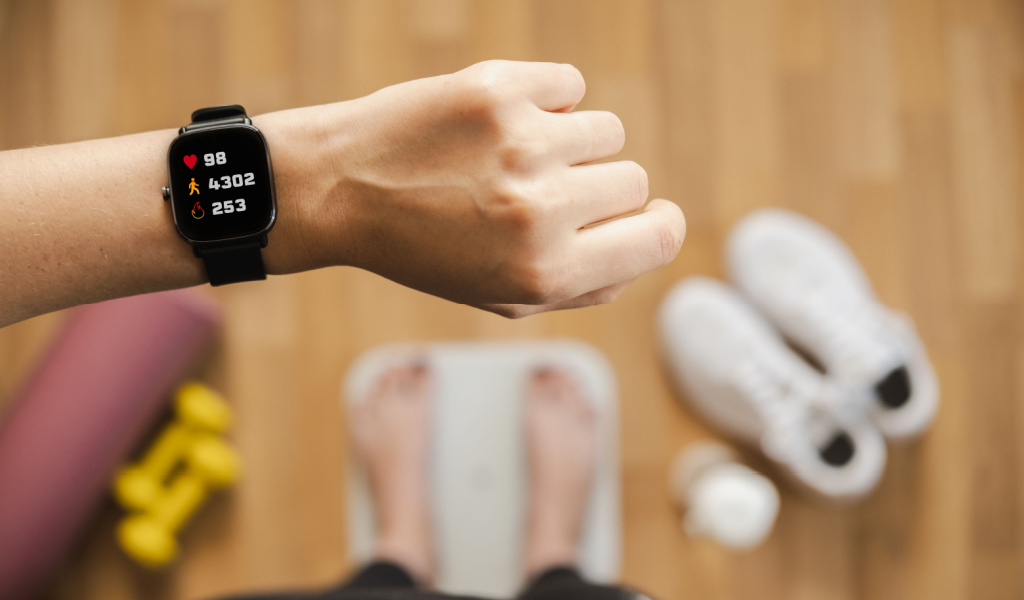So, you’re hitting the gym and starting to vibe into the ‘fit life’? First up, congratulations on making a great lifestyle choice to stay fit and healthy. However, we’re here to address one prevalent mistake many gym-goers tend to make: dismissing the importance of stretching.
Unfortunately, many don’t understand the benefits and importance of stretching before and after exercise. In fact, stretching is linked to numerous benefits, such as flexibility, better workout performance, and increased blood flow to the muscles, among many others.

So, what is stretching? Let’s start from the basics.
Have you ever wondered why we stretch our arms upon waking up? It’s an instinctive habit and a way of satisfying your body’s natural need to stretch after a prolonged period of inactivity.
Stretching is a way you can keep your body open to motions that are a lot freer and smoother. It’s a key component of exercise, and following it religiously will give your body the flexibility and space to follow through with movements fluidly and reduce the risk of sore muscles and injury. It’s a practice of elongating the muscle to its fullest length.
Different Types of Stretching
- Static: This is where you hold your body still in a stretching pose for an extended period of time. This is done during and after working out.
- Dynamic: Moving through stretches in a smooth motion. This is generally done before and while working out.
- Passive: Equipment or help from body weights will be used in this stretch for the body to relax and allow the equipment to do the work. Passive stretching is done after a workout.
- Active: This is where you contract the opposing muscle to the area you want to relax into the stretch. Active stretching is done before, during, and after working out.
Now that we have got the basics out of the way, let’s get into the crux of the matter – the importance of stretching.
Stretching Before Exercise
When you’re excited to start your workout or happen to be in a rush, stretching might come across as unnecessary. While it’s normal to feel this way, it’s essential to understand that stretching can prevent injury.
Your muscles are generally tight if they have been sedentary for some time, which can affect your range of motion. Here are the benefits of kickstarting your exercise by opening up your body through stretching:
Prevention of Injury
Stretching elongates the muscles, reducing the chance of tearing muscle fibers and tissues. If you go right into working out without warming up, the tensed muscles will be more susceptible to injury. Stretching can help loosen them up and give you a better range of motion.
Fresh Flow of Oxygen
Do you know that you feel aches and pain while exercising if areas of your body have not been supplied with sufficient oxygenated blood? This lack of oxygen flow can hinder your performance and cause serious injury to your joints. When you stretch, you allow fresh oxygen to flow through the bloodstream, reducing pain and injury and enhancing movement performance.
Makes You Feel Less Tired
Stretching before working out means you are less likely to have muscle fatigue. Since stretching awakens some muscles, it can help you withstand longer workout sessions.
Increases Energy Levels
When your muscles haven’t been used for a while, blood tends to accumulate there. Stretching helps to revive the circulation to these muscles so you will feel higher energy levels. Moreover, blood will also flow through the brain (particularly when you stretch through your spine and back), and this means higher concentration levels which in turn motivates you in your workouts.
Enhances Performance
The benefits mentioned above all tie down to this – you will now have better workout performance.

Stretching After Exercise
We understand – you’ve just worked yourself into a mean sweat, and what you really want is to lie down or leave the gym. Aha, not so fast! Research proves that those who fail to stretch after working out will pay for it later in the form of stiff muscles, sore bodies, and a higher chance of injury. So even if you’re in a rush to leave, dedicate at least a few minutes to stretching post-workout. Here’s why:
Muscle Repair
Stretching improves blood circulation, allowing the muscles to relax and get the oxygen they need to repair immediately.
Greater Flexibility
You will see a noticeable difference in your flexibility once you incorporate post-workout stretches. Holding deep stretches allows you to add more length to many areas of your body, increasing flexibility and reducing muscle tension.
Improves Joint Health
Our joints are surrounded by connective tissues that have muscle attachments. Stretching helps reduce joint tension and pressure and promotes unrestrained and more fluid movement.
Reduces Cramping
When you work out, lactic acid is produced, which makes the muscles tired. By stretching, you eliminate this lactic acid buildup while allowing your muscles to relax so the blood flows freely. In addition, dehydration is also a cause of post-workout cramps, so it’s a good idea to drink water while stretching.
Helps to Cool Down the Body
Better blood circulation means a lower heart rate. When you stretch, you help to bring your body back to balance at a steady pace. This gives your body a great sense of relaxation and mindfulness.
Helps to Relax
Stretching feels great and refreshing, especially after an intensive workout. Studies have also shown that stretching helps to reduce blood pressure and enhance artery function. It’s a great natural stress buster too!
The Round-Up
Let’s quickly take you through some stretching tips to round it all up!
- Muscles stretch much more easily when warm, so never stretch a cold muscle.
- Don’t hold your breath when stretching because it can cause resistance and tightness. Instead, breathe deep and slowly ease into a stretch. When you exhale, feel yourself sinking deeper into the stretch.
- Stretch both sides of your body equally to avoid any flexibility imbalances.
- Don’t rush or force a stretch. The key is to gently work your way into a stretch as you gradually build your flexibility over time.
- Be gentle, and don’t attempt to force any position that causes pain.
- Finally, be consistent with your routine by stretching at least twice or thrice weekly.
Now that we’ve covered the benefits of stretching before and after working out, go ahead and do it! Your body will thank you for it.



